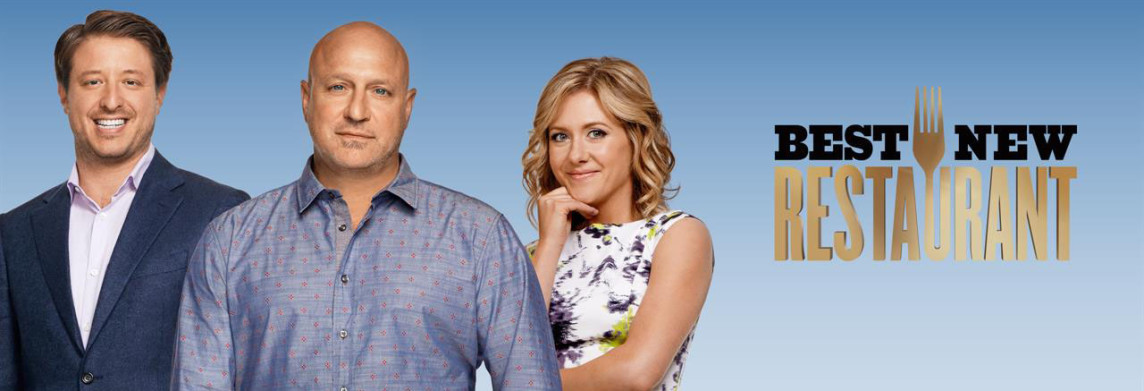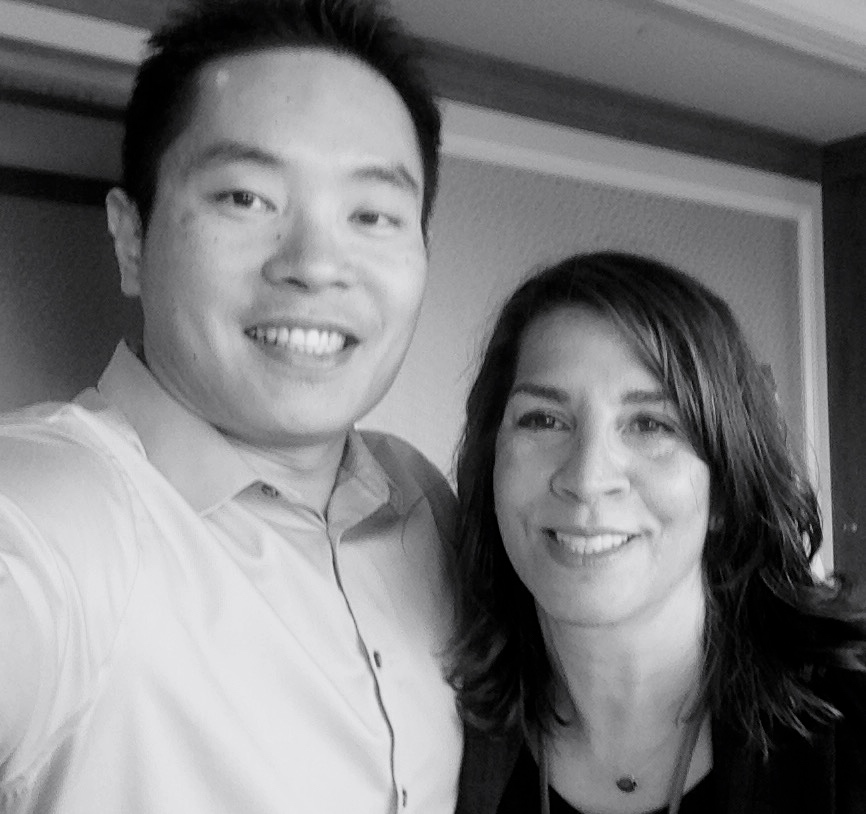It doesn’t take much to get Team SBR to the West Coast. This time we met up with sales industry trailblazers at the Sales 2.0 Conference in San Francisco to discuss new trends in the inside, field and online sales arenas. Now we’re abuzz with insights, inspiration and validation on the techniques that have worked to accelerate sales.
Instead of moving from zero to 60, complex product organizations should consider their top list of most critical areas to advance sales and consider where sales innovations can support those initiatives. Let’s highlight our top learnings:
1. Complex Customization. Consultants get a bad rap for repurposing the same presentations and reports, selling clients on expensive and sometimes unnecessary technologies, and leaving without really making a difference. SBR uses a customized assessment process to tailor solutions and we were thrilled to see so many businesses do the same when it came to technology. Long gone are the days of boilerplate solutions; more and more companies are building their systems and services around each client’s need(s) as opposed to a one-size-fits-all approach.
2. Cloud Above All. Let’s start with the good news: many of the latest advancements on the marketplace are owed to nimble cloud-based technologies. It seemed that nearly anything is possible and can be done swiftly. The flip side, though, is that IT should also consider ways to build tools for non-cloud systems. When we mentioned how many of our clients do not have systems like salesforce.com, it was met with disappointing “oh well” frowns. Many of our larger clients are forced to use bulky, intricate and oftentimes archaic legacy systems that are anything but easy and fast. Somehow the two worlds need to come together to deliver IT tools for homegrown system companies.
3. Locating Sales Reps Who Understand the Value of the Customer. If sales reps are fixated on meeting their numbers they will naturally lose the connection with the prospect and in some cases come off as pushy or disengaged. Gerhard Gschwandtner, Founder and CEO of Selling Power, said that during the sales process, focus on the desired business outcome above your personal sales quota (the “value factor”). We feel the same way. At SBR we use the Hartman Value Profile assessment to find the right salespeople who can look beyond numbers and really connect with consumers. The Hartman Value Profile helps vet candidates with an innate “fire in the belly” that can simultaneously focus on sales opportunities and the consumer’s need. Dozens of our clients have been introduced to this tool and have seen amazing results like lower turnover.
4. When Sales is the Goal, Call Guides are not an Option, They’re Obligatory. Let’s face it, most sales representative hate scripts. SBR prefers call guides rather than call scripts that provide all the key information but allow a more natural communication between agent and caller. At Sales 2.0 it was great to hear that there was statistical proof that call guides actually create call control and consistency. Yon Nuta, Cofounder & CEO of Accuvit, showed how to drastically increase sales by analyzing the results of B2B agents who used keywords and followed a system/script as compared to those that did not. The result? Of the calls where a script was followed, 60% yielded a sale. Call guides can take the caller from beginning to the end in a professional manner and identify the caller’s core need early on in the communication, then promote the product’s features in a way that meets those needs. Call control and communication consistency is possible…and best of all, agents will not sound like robots.
5. A League of Extraordinary Collaborators. Instead of holding onto information and solutions so tightly, Sales 2.0 presenters displayed an eagerness to share their products. The ethos of collaboration was present in nearly every corner. One presenter emailed us his whitepaper and deck (notes included) after we complimented his presentation. This willingness to pull back the curtain and share insights with others only works to bolster the sales business as a whole.
SBR is always looking to push the envelope, but we do so in a way that introduces new technologies and concepts that meet with each unique client culture. We have to remember that it is the people (not necessarily the presentation) that make or break any conference. The energy was electric and much of that was due to the smart sales leaders who put their whole heart and soul into their delivery. We can’t wait to return for the Sales 2.0 Conference in 2016!






